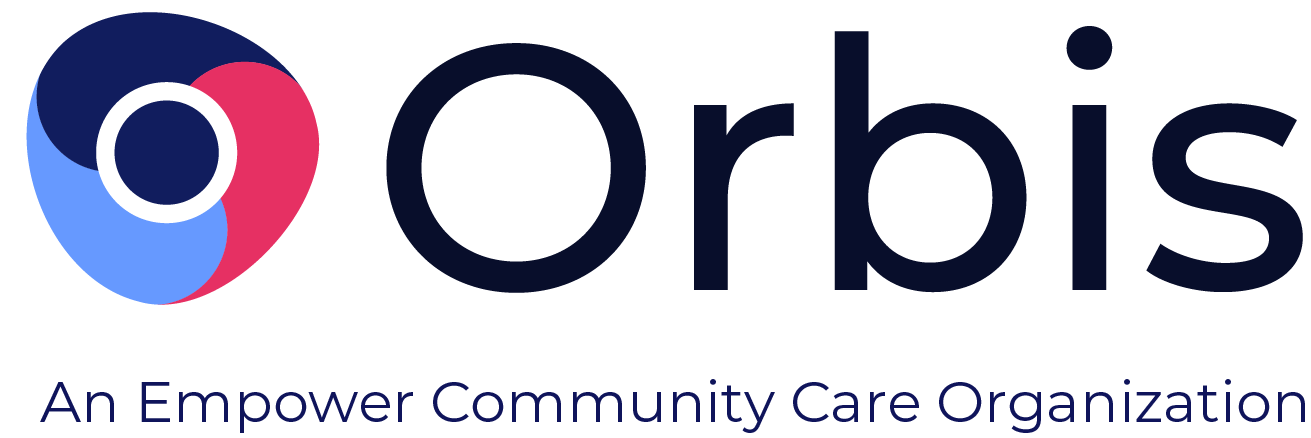Suspending and expelling students from school and taking them through the juvenile and criminal justice system for minor infractions has created the school-to-prison pipeline. According to a U.S. Department of Justice complaint, officials in some schools give armed police the authority to stop, question, search, frisk, detain, and arrest young people both on and off the school grounds.
Policies and Punishments
Zero-tolerance practices are often used for non-violent offenses and actions that are disruptive. They promote a "one-size-fits-all" punishment for many behaviors that have caused the school-to-prison pipeline to be crowded. Zero-tolerance policies sound like a quick fix, but they criminalize minor infractions of school rules. Resource officers arrest students for behaviors that would be handled best by the school administration rather than a juvenile court judge.
Many teenagers who commit minor infractions are youth with histories of poverty, disabilities, abuse, or neglect. Programs that would help them with additional educational and counseling services should be enacted, but instead, these high-risk youth are punished, singled out, and dismissed from the school system.
Teachers feel victimized by these students. The only punishments available to staff are to make threats, send the student to the principal, or contact the school’s resource officer. Each school year, almost 3 million kids are suspended. Additionally, a number of these individuals were referred to the resource officer. For example, one high school teacher was dismayed that a student she sent down to the principal for discipline ended up suspended from school. This was his third time swearing under his breath, but was suspension the answer? Studies show that suspensions and expulsions do more harm than good to teenagers.
Keeping high-risk youth in class and learning is difficult. Teachers are under pressure to meet accountability measures, yet they have a unique position to keep students out of the school-to-prison pipeline. Educators who get to know the youth are vested in keeping them in the classroom. It’s difficult, but when teachers are trained to take a more responsive approach and forget the knee-jerk reactions, adolescents are more than likely to stay in school and stop their behaviors.
The Problem With Suspension
Suspended students lack supervision during the day. Out on the streets, they do not benefit from positive peer interactions, adult mentorships, or the teaching provided for them at school. It also does not help teens develop the skills and strategies they need to improve behavior and avoid future problems. Once a youth is suspended, they are more likely to be suspended again or expelled, repeat a grade, drop out of school, and become a part of the juvenile justice system.
What is Changing?
Lawsuits and civil rights complaints against districts with zero-tolerance practices are being filed. These complaints have brought about an awareness that teachers need more support and training to enact effective discipline. The school needs the tools for behavior modification to keep kids in class and learning.
Recommendation for change demands a strategic action. The Department of Education and Department of Justice recently partnered to provide new tools for educators. In 2014, they jointly issued federal guidelines to advise schools on how to improve discipline. The Guiding Principles - A Resource Guide for Improving School Climate and Discipline was written and divided into three themes:
- Create a favorable school climate that helps prevent and change inappropriate behaviors. Train staff, engage families and the community, and find resources to aid students in developing the social, emotional, and conflict resolution skills needed to de-escalate problems. Provide mentors and counselors, and give students a way to address the underlying causes of their misbehavior.
- Make sure there are appropriate and clear expectations and consequences in place to prevent misconduct. Hold students accountable for their behavior. Teach them responsibility, respect, and form the boundaries of acceptable behavior. Suspension and expulsion should only be used for severe infractions as a last resort. Equip staff with strategies to address problem behaviors while keeping youth engaged in learning.
- Create ways to ensure fairness and equity for all students no matter their race or condition they are in. Continuously evaluate discipline policies and practices by using data and analysis.
How High-Risk Youth Can Avoid The Pipeline
Schools and families have the power to divert students from the school-to-prison pipeline. It will take work and actions, but it can be done by taking several steps:
- Recognize positive behavior.
- Work with police departments and court systems to limit arrests at school.
- Explain infractions and the prescribed punishments to the student body.
- Train teachers on using positive behavior modification for at-risk youth.
- Use home and family interventions designed to create behavior modifications for both teens and families.
Assessments That Can Help
It is important that communities support schools with juvenile risk, needs and strengths assessments, mental health treatment, and family intervention programs designed to help students with behavioral issues. One organization that has risk, needs and strengths assessment tools for both youth and adults, including a special risk/needs assessment for women, is Orbis Partners. Orbis’ Youth Assessment and Screening Instrument (YASI) assesses risk, need, and protective factors in youth populations and guides the casework process by incorporating an individual’s unique set of needs. Additionally, Orbis has a cloud-based mental health assessment for teens, the Massachusetts Youth Screening Instrument – Web Version 2 (Web MAYSI-2). This assessment helps juvenile facilities quickly identify special mental health needs in adolescents that can lead to behavioral issues in the home, school, or community.
Both of these assessments help address the determinants of behavioral issues and reduce recidivism in the future by providing youth with the appropriate treatments and programs they may need to thrive. Recognizing that the school-to-prison pipeline plays a role in increasing out-of-home placements and juvenile justice involvement for adolescents is the first step in making change.
Orbis Partners provides solutions for criminal justice and human services systems, specializing in designing and implementing services for at-risk client groups. Orbis’ risk/needs and strengths assessment tools for youth are designed to guide the casework process by incorporating an individual’s unique set of needs. For more information about assessments related to high-risk youth, visit our Assessments page by clicking here.


